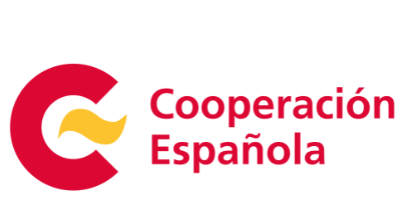In January 2020, the Inter-AgencyTask Force on Financing for Development (IATF) released the first in a seriesof guidance documents aimed at supporting countries in designing andimplementing integrated national financing frameworks (INFFs). The focus ofthis first module is the INFF inception phase. It builds on the thematicchapter of the 2019 Financing for Sustainable Development report as wellas early country experiences in INFF inception and provides an overview of boththe INFF technical dimension – how countries can start the process ofoperationalising an INFF – and its political dimension – who should beinvolved.















